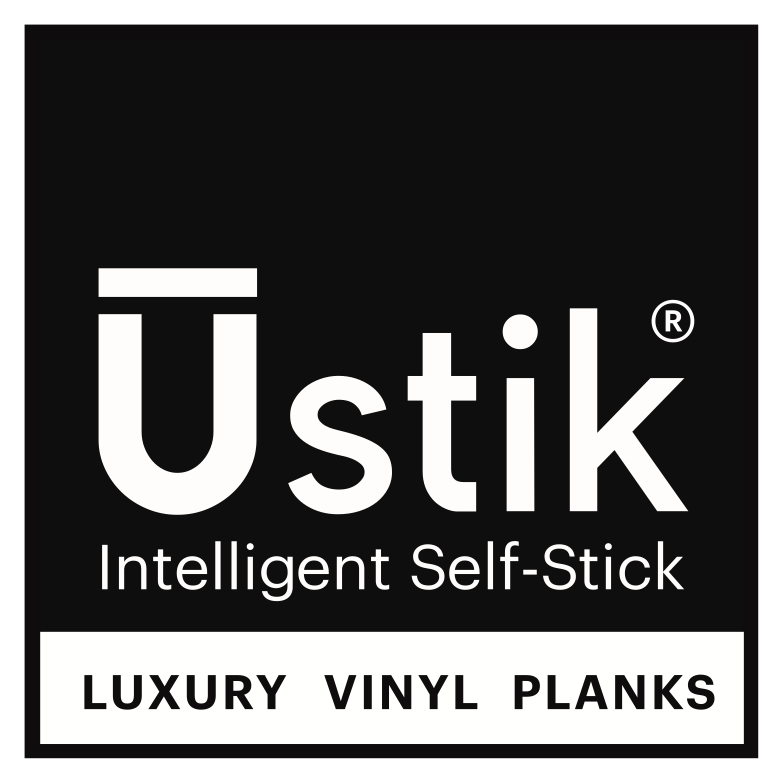Want to know the best type of flooring for your home? Read below to discover what to consider when choosing which type of flooring to install. We discuss the four key areas that any flooring product should be assessed against in order to decide what to put under your feet.
Durable flooring options
Your floors will get a workout over the life of your home. So, you need resilient flooring made of durable material that will last underfoot. Floors need quality and this is one of the most important factors to consider.
Carpeted floor is the least durable covering overall, but carpet quality will impact upon how long until replacement is required. It can't get wet and requires professional cleaners or tools to clean. Tile flooring is very durable, however, for ease of cleaning it is a less popular option — many consumers shy away from grout lines that collect dirt or discolour with age.
Hardwood is durable, but can be scratched and will expand and warp if gotten wet. High gloss sealant is often applied to real wood to lessen the risk of floor and water damage, while matte finishes are not as durable.
Laminate flooring material fares very well in terms of scratch and dent resistance. However, the majority are only water resistant, not waterproof - even if the top layer is marketed as so. Laminate's fibreboard core will suffer water damage and degrade over time if water reaches through the joins, so it is not advisable in wet areas.
Vinyl and hybrids are more comfortable underfoot than laminates and are considered waterproof. However, improper installation of interlocking floating floors (hybrids and loose lay vinyl flooring) can allow water to leak underneath and cause serious damage. Interlocking floor systems are less advised for areas of the home subjected to heat or heavy objects like pianos and pool tables that can disproportionally shift the planks.
Ustik has created a new industry standard for vinyl. We incorporate 2 waterproof layers in our adhesive layer which makes our luxury vinyl plank range fully waterproof. They are suitable flooring for kitchens and bathrooms and the kitchen. They are softer underfoot than most hybrids making them a superior choice.
2. Cost effective
It can become pricey to lay an entire home with a new floor. Solid timber flooring is the most expensive and wood floors, including engineered wood are also costly. High-end carpet will also set you back a lot of cash.
In terms of manufactured products, hybrids tend to more expensive than vinyl or laminate flooring. Laminate and vinyl are often comparable on price depending on the variety of styles - unless you opt for a luxury range of vinyl. The hidden cost that many people forget is that the price per square foot you see online is only for the product and exclusive of installation.
If you're budget conscious or simply want to DIY, choose flooring that can be self-installed, such as laminate, vinyl or hybrid. Most manufactured floor coverings will require additional tools to DIY which can add up in price, even if you choose to hire for e.g. a jigsaw to cut the planks to size.
Ustik self stick planks can be cut with a utility knife. This offer ease of installation and is the best value for money flooring option to DIY. Who doesn't want value for money and luxury quality?
3. Sound and Comfort
Acoustics wise (including homes with kids or heavy steppers) carpet is used to muffle noise. Hard floor coverings rely on underlays to reduce noise. The lower a product’s the decibel or dB rating, the more efficient it is in reducing sound. Of hard floor coverings, laminate floor and wood flooring are on the noisier side. Hybrid and vinyls are your best bet when it comes to reducing noise.
Ustik underlay has been tested and rated to 19dB, one of the lowest on the market. The dB rating varies dramatically across various hybrid products so your research is essential if noise is a concern to you.
4. Installation
Most flooring materials require a professional to install them properly. These include carpet, tiles, and natural wood floorboards as well hybrids, laminates and vinyl. However, a popular desire for homeowners today is to install flooring themselves.
However, even click lock hybrid and laminate flooring will require tools. This may include a drop saw, circular saw, mitre saw or table saw to cut planks to size to fit your floor plan. Even many vinyl planks will require a jigsaw for DIY installation. Ustik self-stick planks are the simplest on the market to install and to cut them you’ll only need a utility knife. They come pre-glued with pressure sensitive glue that stays tacky for the life of the floor. This means you can pull them up to reposition or easily replace if needed.
We hope the above information has helped you in your search for a flooring solution. If you want the type of floor that is waterproof and affordable yet delivers a luxury finish, consider Ustik. Order a sample today to see why our DIY friendly flooring choice is the leading choice for your home.

